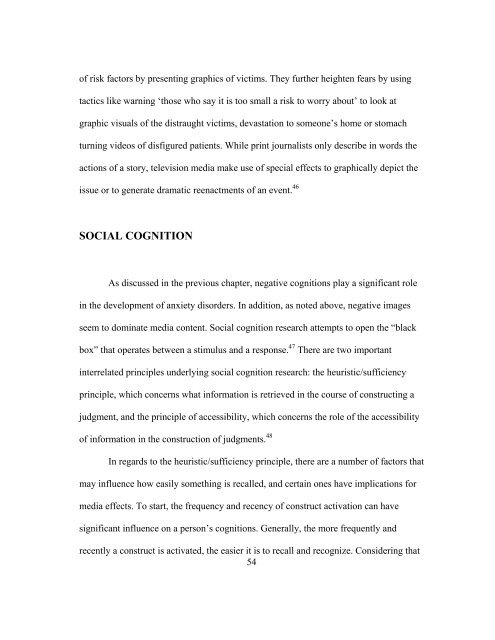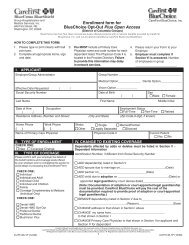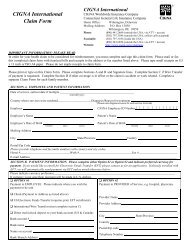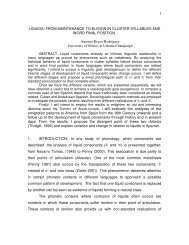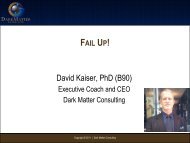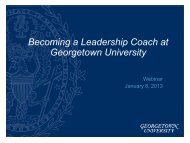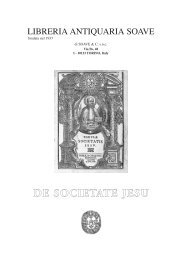Media Induced Fear and Anxiety - Georgetown University: Web ...
Media Induced Fear and Anxiety - Georgetown University: Web ...
Media Induced Fear and Anxiety - Georgetown University: Web ...
You also want an ePaper? Increase the reach of your titles
YUMPU automatically turns print PDFs into web optimized ePapers that Google loves.
of risk factors by presenting graphics of victims. They further heighten fears by using<br />
tactics like warning ‘those who say it is too small a risk to worry about’ to look at<br />
graphic visuals of the distraught victims, devastation to someone’s home or stomach<br />
turning videos of disfigured patients. While print journalists only describe in words the<br />
actions of a story, television media make use of special effects to graphically depict the<br />
issue or to generate dramatic reenactments of an event. 46<br />
SOCIAL COGNITION<br />
As discussed in the previous chapter, negative cognitions play a significant role<br />
in the development of anxiety disorders. In addition, as noted above, negative images<br />
seem to dominate media content. Social cognition research attempts to open the “black<br />
box” that operates between a stimulus <strong>and</strong> a response. 47 There are two important<br />
interrelated principles underlying social cognition research: the heuristic/sufficiency<br />
principle, which concerns what information is retrieved in the course of constructing a<br />
judgment, <strong>and</strong> the principle of accessibility, which concerns the role of the accessibility<br />
of information in the construction of judgments. 48<br />
In regards to the heuristic/sufficiency principle, there are a number of factors that<br />
may influence how easily something is recalled, <strong>and</strong> certain ones have implications for<br />
media effects. To start, the frequency <strong>and</strong> recency of construct activation can have<br />
significant influence on a person’s cognitions. Generally, the more frequently <strong>and</strong><br />
recently a construct is activated, the easier it is to recall <strong>and</strong> recognize. Considering that<br />
54


